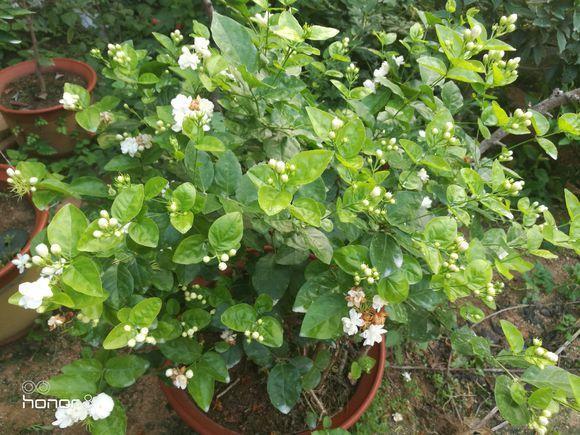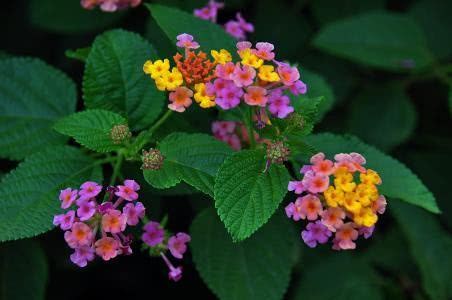glyphosate and paraquat are both herbicides. What is the difference between them?

Glyphosate and paraquat have one big similarity and five big differences.
It's the same. Glyphosate and paraquat are both insecticidal herbicides, which are very effective in killing malignant weeds.
One of the five differences is that the principle of killing weeds is different.
Glyphosate is a kind of organophosphorus internal absorption herbicide, which inhibits the metabolism of amino acids by inhibiting the activity of related enzymes in plants, and amino acids are the most important component of proteins, and the synthesis of amino acids is hindered. As a result, the synthesis of protein is disturbed, resulting in plant death. In addition, green plants absorb glyphosate through stems and leaves and then transmit it to the whole plant to play a role.
Paraquat is a quick-acting contact-killing herbicide, which has a strong destructive effect on plant green tissue. It can play a role in 2-3 hours after spraying, especially in the sun. The drug has no internal absorption and conduction, so it can only damage the site of the drug, and can not damage the hidden seeds in the plant root and soil, so the weeds regenerate after application.
The second of the five differences is that the action time is different.
The action time of glyphosate on weeds is generally the best when the weed growth is the most exuberant, when the weeds are small, the leaves are small, the photosynthesis is not strong, and the root nutrition is transmitted upward, and the medicine is absorbed less through the leaves, and the amount transmitted to the roots is very small, so it does not have a good effect on killing weeds, so the effect is the best in the period of exuberant weed growth, especially before weed flowering.
When spraying glyphosate, we should avoid the time of high temperature and let the liquid stay on the grass leaf for a long time. If the temperature is too high and the liquid evaporates too quickly, it will be difficult to achieve high efficiency.
Paraquat should be applied when the weed root is small, because paraquat can only kill the weed ground, so it should be applied during the weed growth period, otherwise the root will continue to survive and it is easy to grow vigorously when the spring breeze blows. Spraying paraquat should also be carried out at noon on a sunny day. At this time, the temperature is directly proportional to the effect of herbicides, the higher the temperature and the stronger the light, the better the weeding effect.
The third of the five differences is that the toxicity is different.
In the case of mistakenly taking glyphosate, it can produce dizziness, nausea, limb weakness and throat pain in 15 minutes. these symptoms are more effective when taking 100ml, which is equivalent to the dosage of two or two alcohol.
In the case of mistakenly taking paraquat, 3ml can be killed, and there is no specific medicine, and the mortality rate is more than 90%. And obvious poisoning symptoms, resulting in liver and kidney and other organ failure, pulmonary fibrosis, respiratory failure, pain and death.
The fourth of the five major differences is that the market is different.
At present, glyphosate has become the most widely used herbicide in the world, while in China, paraquat has cancelled its registration and production license as early as 14 years, stopped production, and stopped the sale and use of water preparation in China for 16 years.
Five of the five big differences, different names.
After reading, I played a little joke on the viewing officer. The names of glyphosate and paraquat are easy to tell, and this is the easiest to distinguish.
At present, paraquat has been banned, if there is storage, please deal with it reasonably as soon as possible to avoid misuse.
Here is science to promote agriculture, welcome to add attention, with you to grow knowledge.
- Prev

It's easy to raise jasmine well. The flowers will bloom all over the house at five o'clock in the coming year.
"what a beautiful jasmine, fragrant and beautiful all over the branches, fragrant and white." This song must have been deeply branded in my mind. You can hum it when you see the lyrics, which shows that Chinese people's love for jasmine is not one.
- Next

What about the yellow leaves of the five-colored plum? 3 ways to solve your problem leaves green flowers full basin
The five-colored plum is also a flower that everyone often raises on weekdays. Because it is colorful and has a long flowering period, it has become one of the reasons why everyone likes it. However, in the process of cultivation, there will often be problems such as yellowing of the leaves of the five-colored plum, if the leaves...
Related
- Wuhan Hospital Iron Tree Blooming Result Was Instantly Frightened by the Gardener Master
- Which variety of camellia is the most fragrant and best? Which one do you like best?
- What is the small blue coat, the breeding methods and matters needing attention of the succulent plant
- Dormancy time and maintenance management of succulent plants during dormancy
- Minas succulent how to raise, Minas succulent plant pictures
- What are the varieties of winter succulent plants
- How to raise succulent plants in twelve rolls? let's take a look at some experience of breeding twelve rolls.
- Attention should be paid to water control for succulent plants during dormant period (winter and summer)
- Watering experience of twelve rolls of succulent plants
- Techniques for fertilizing succulent plants. An article will let you know how to fertilize succulent plants.

